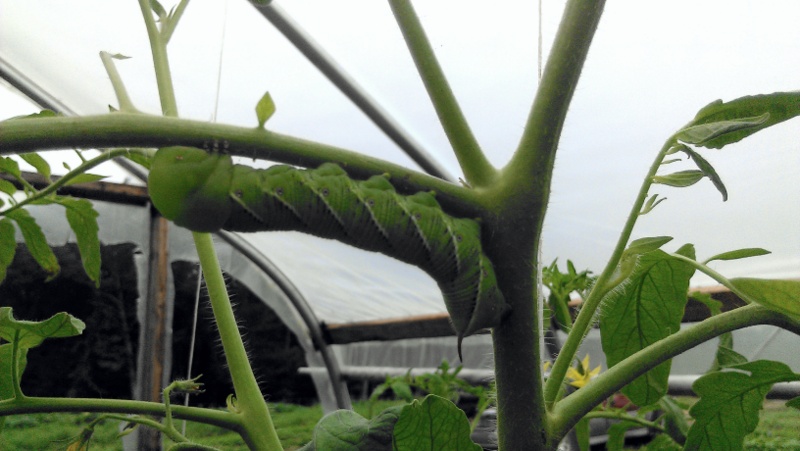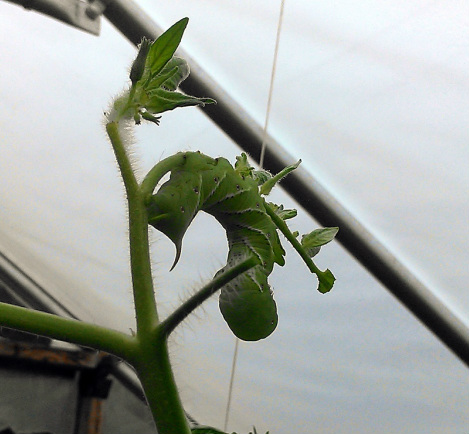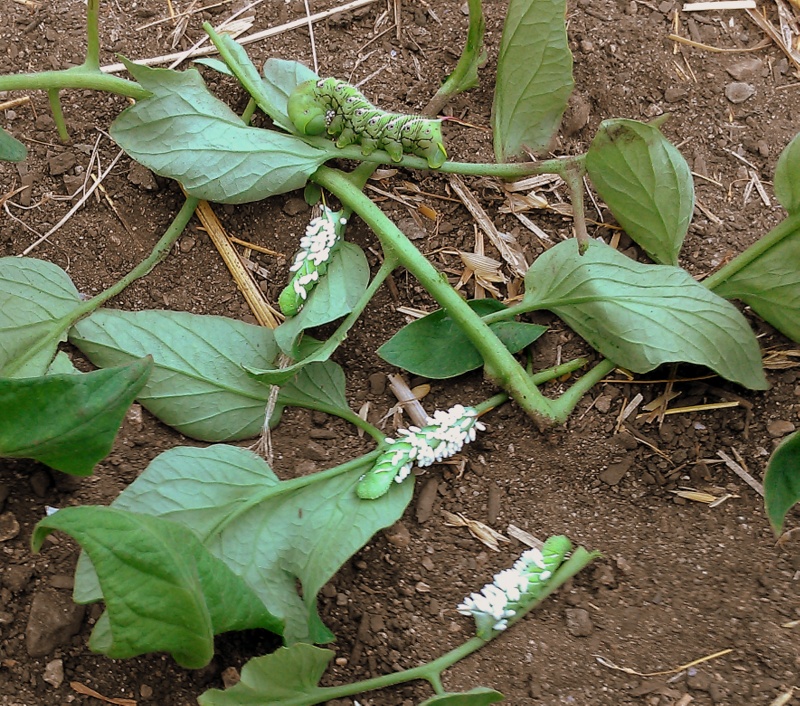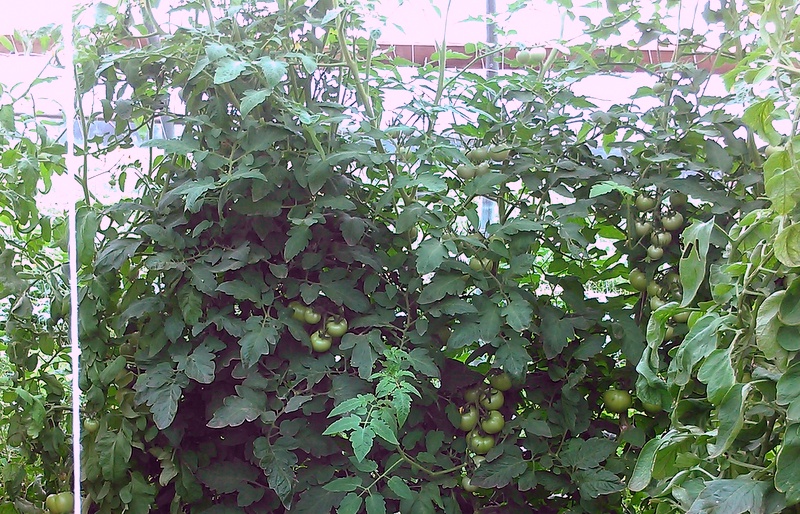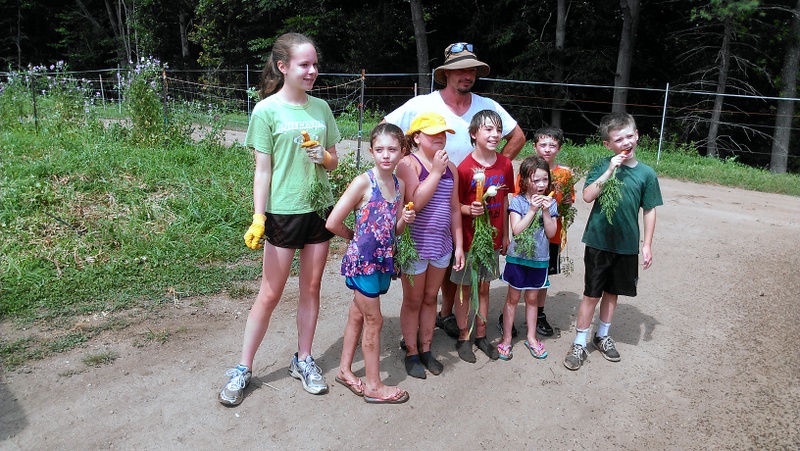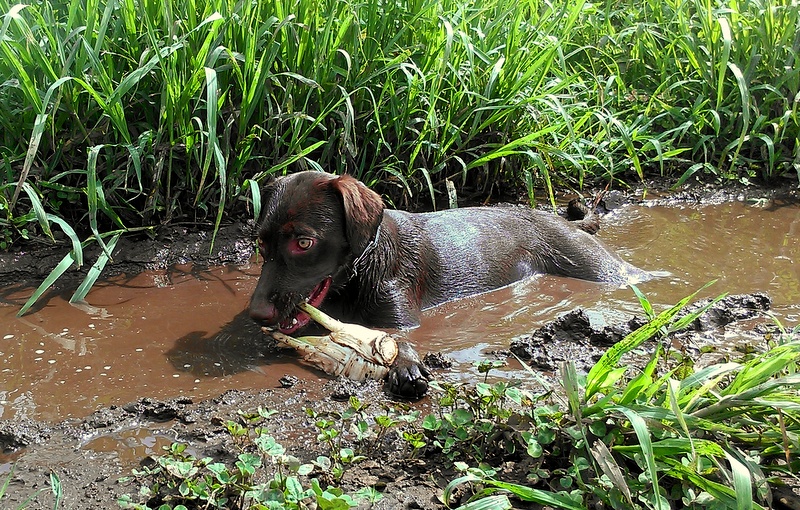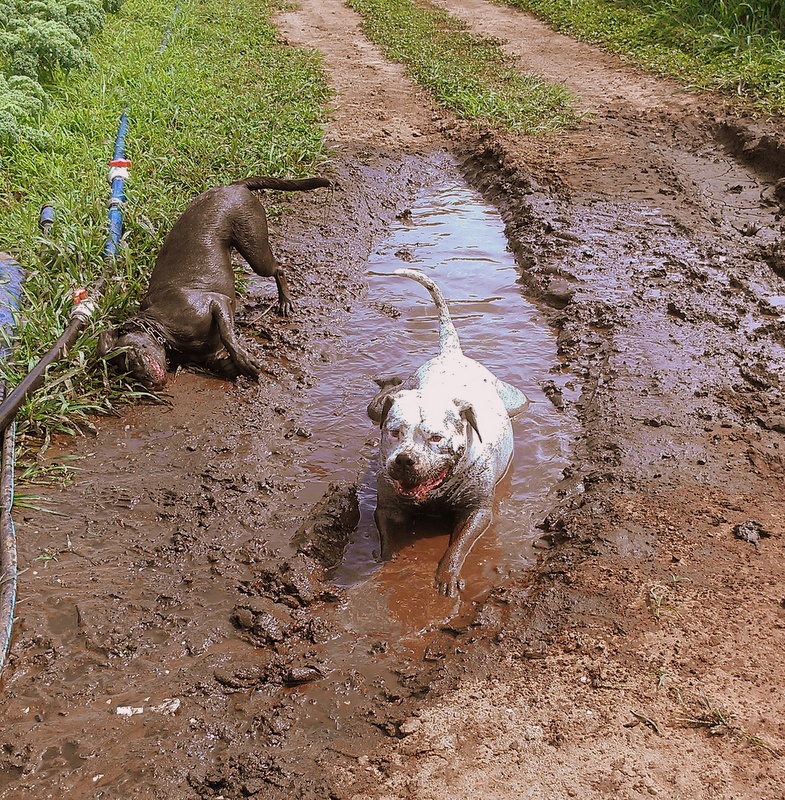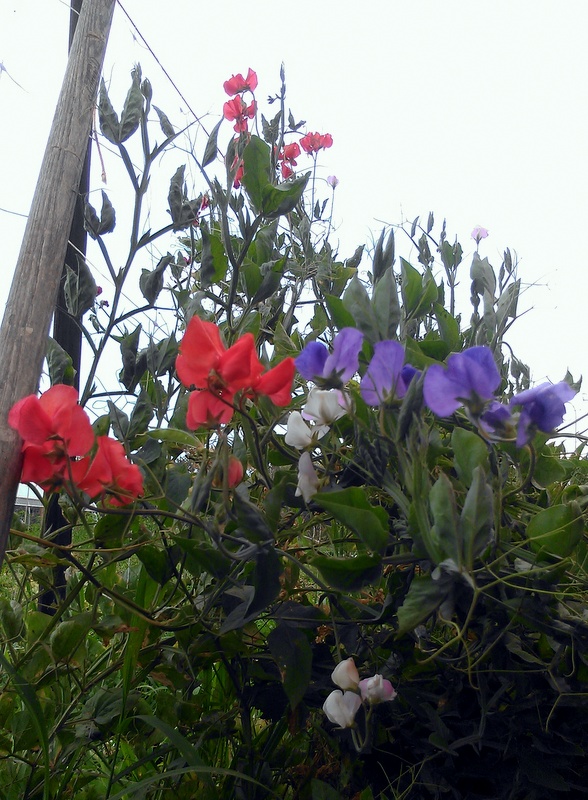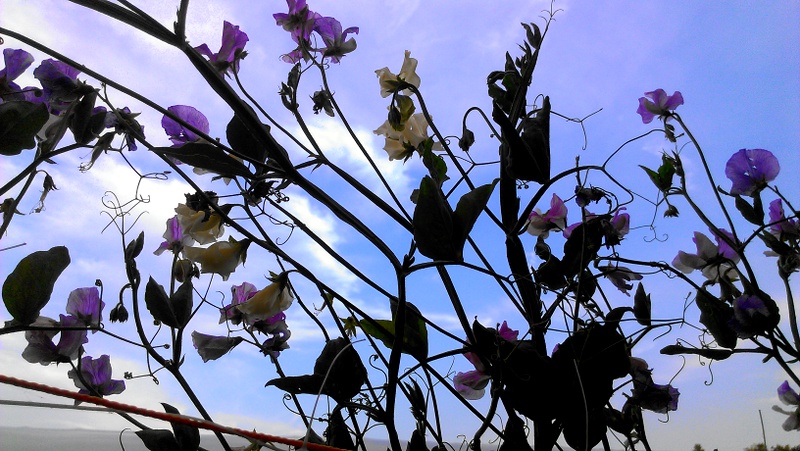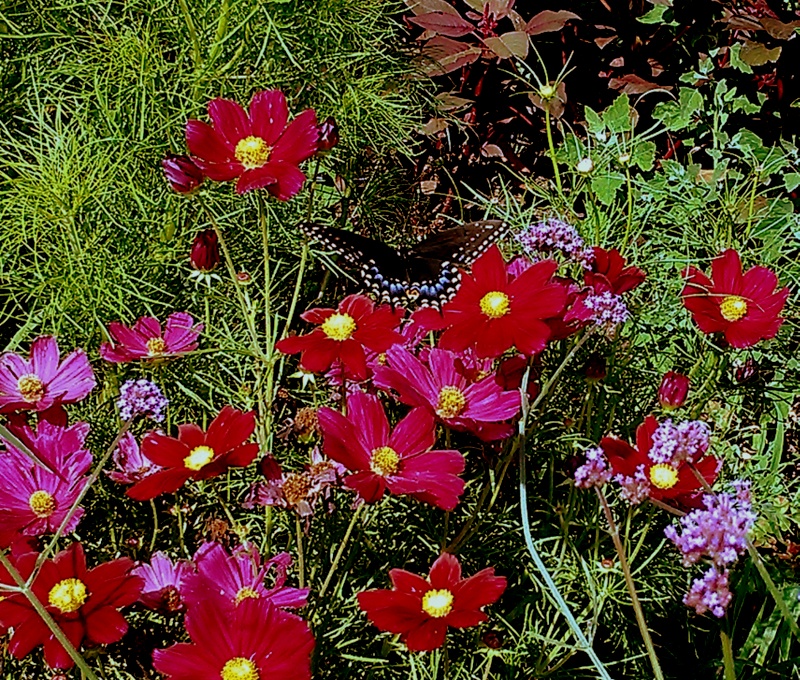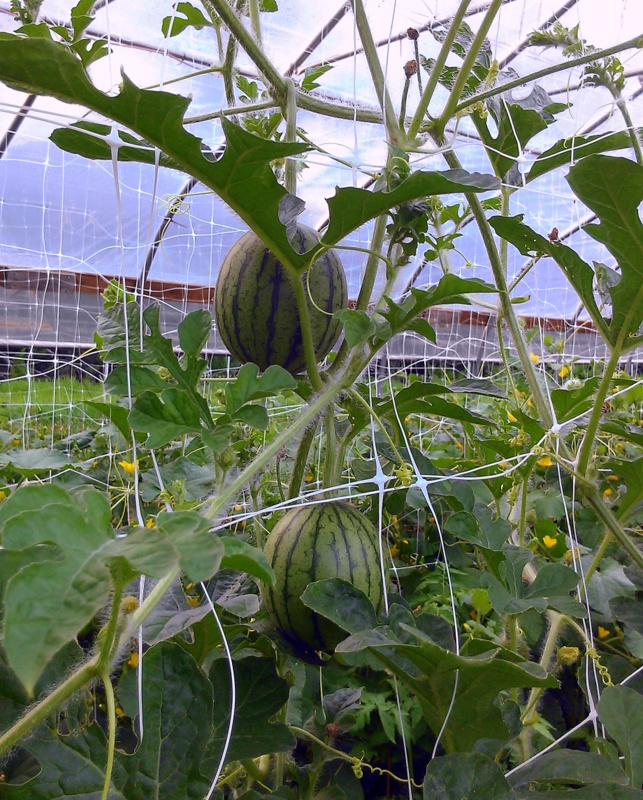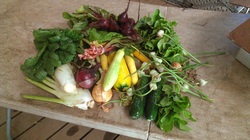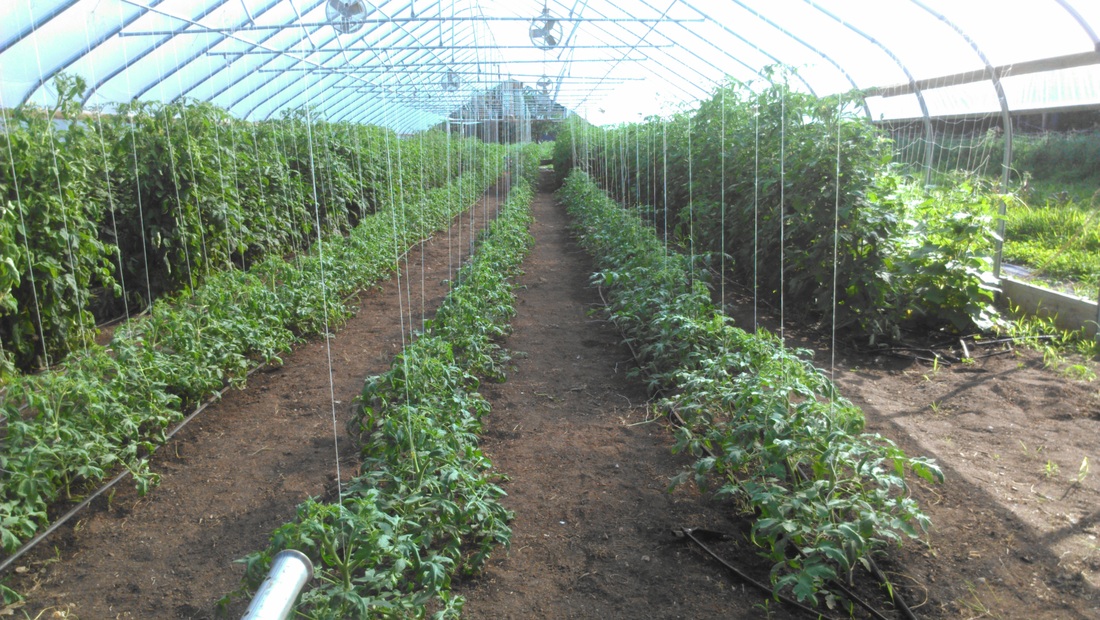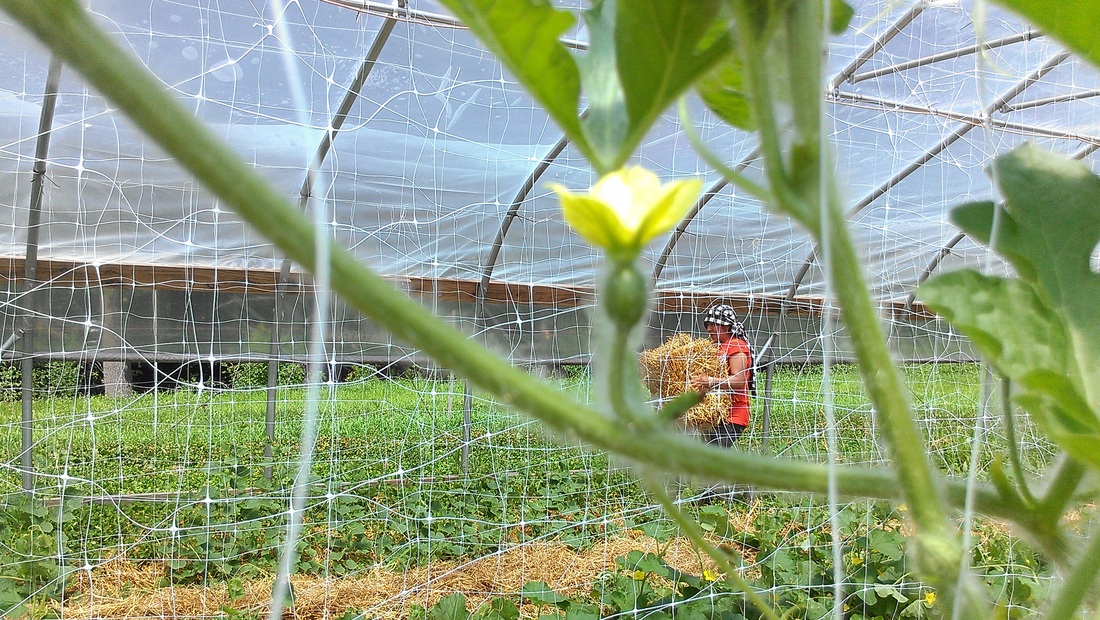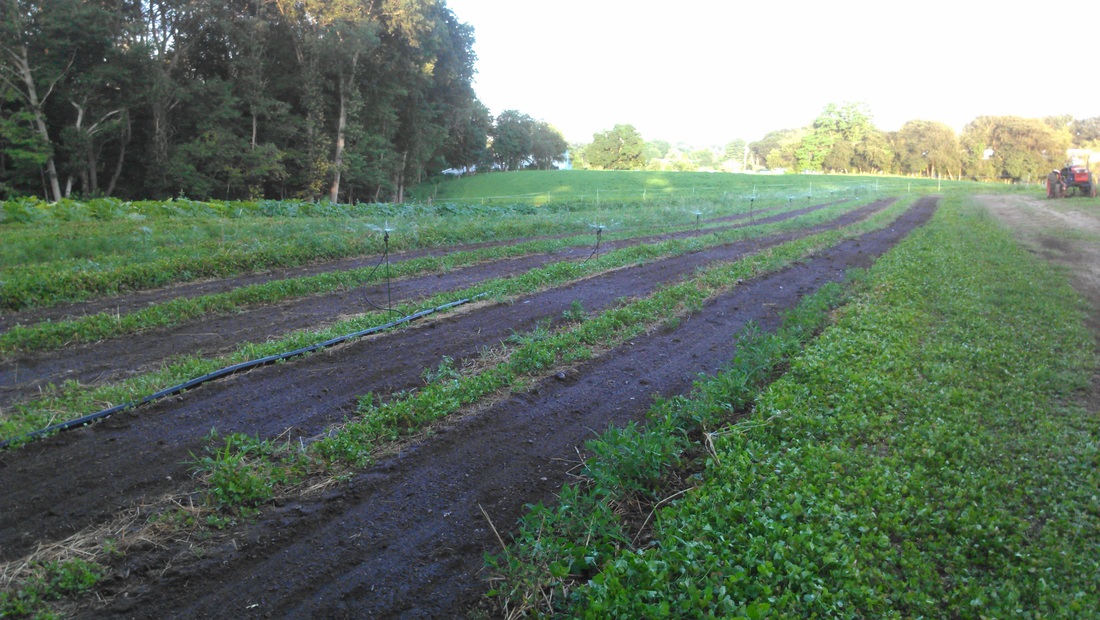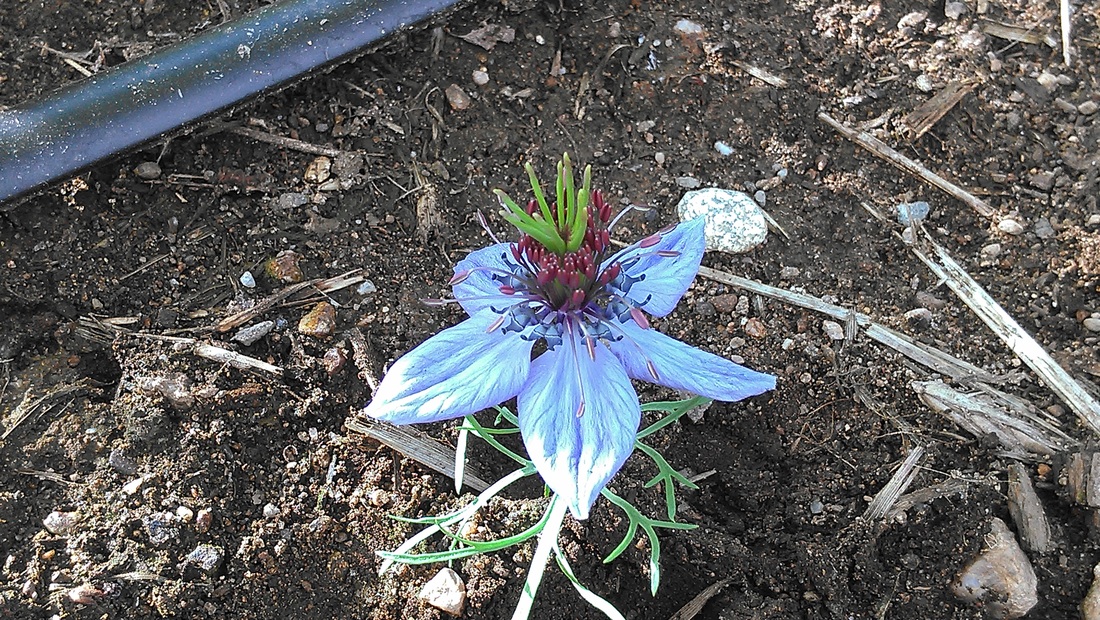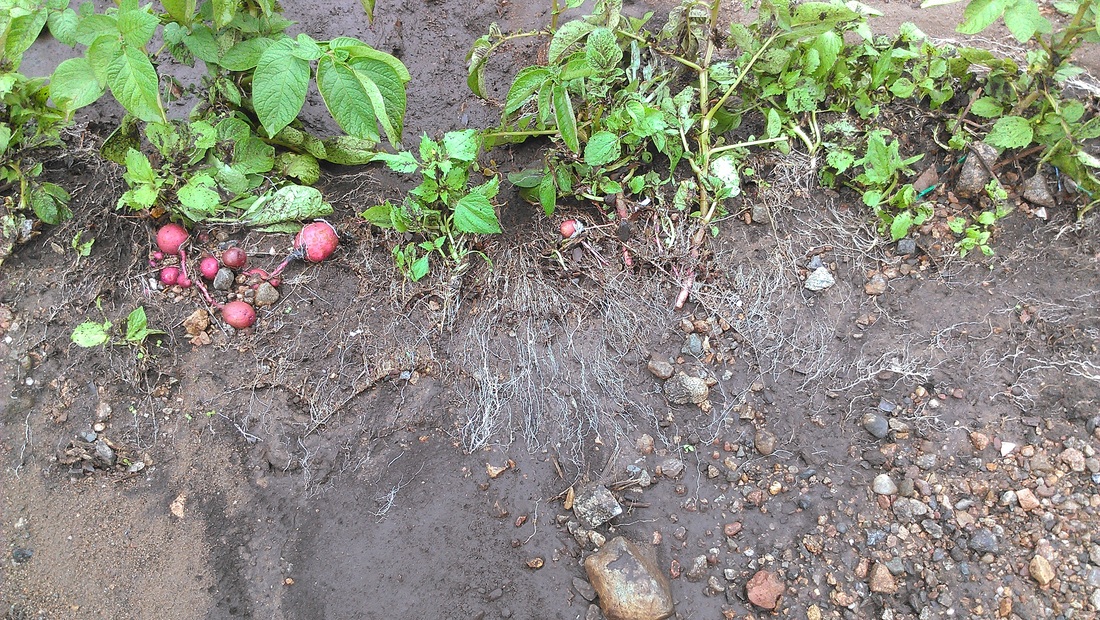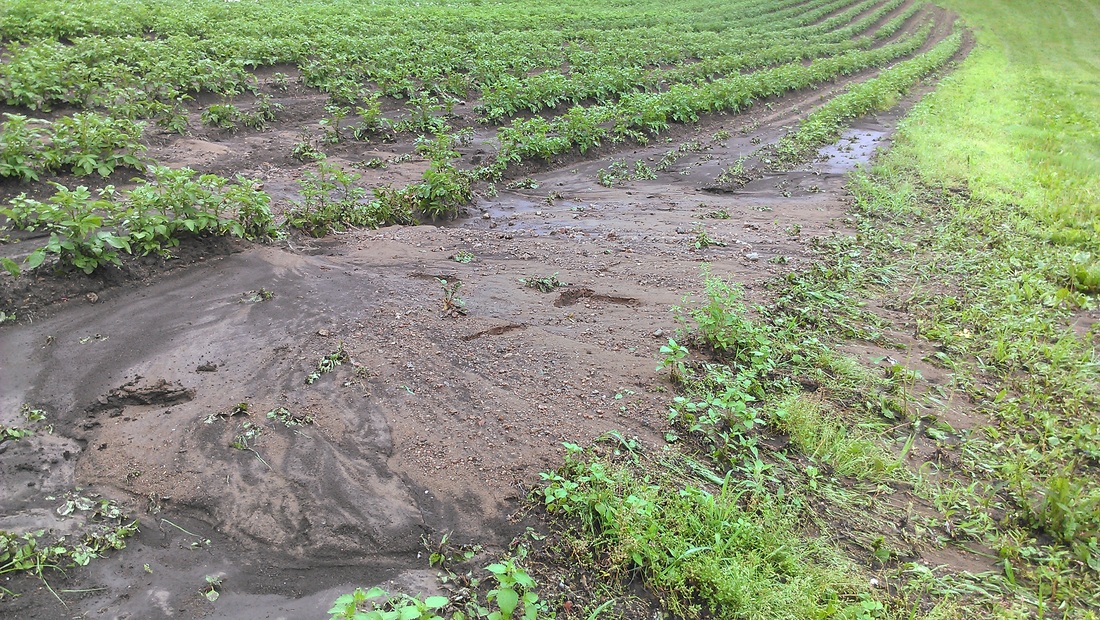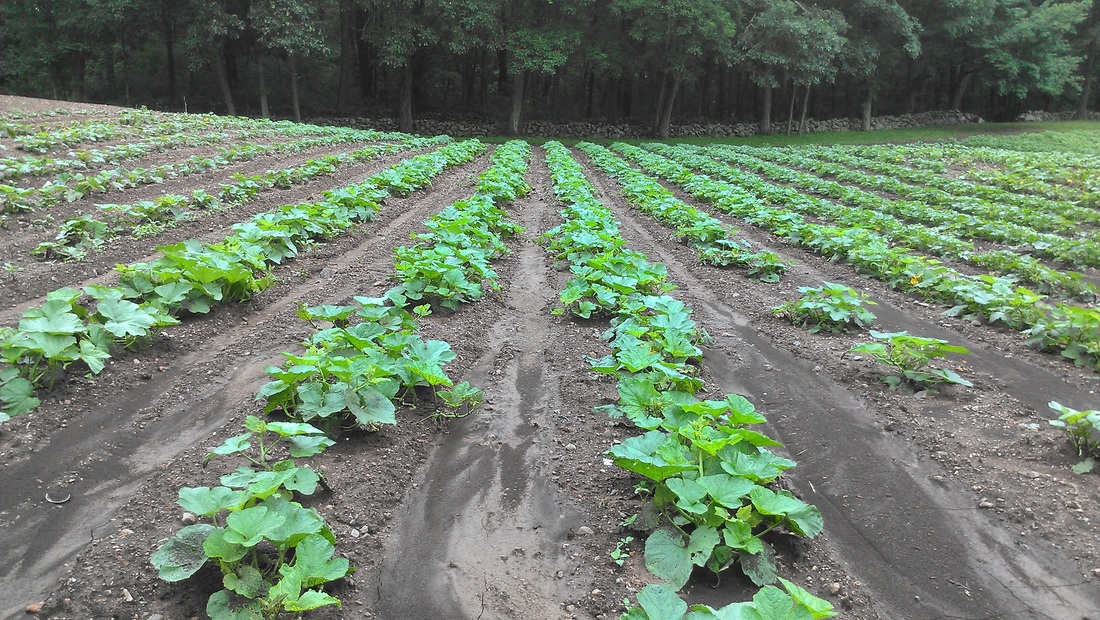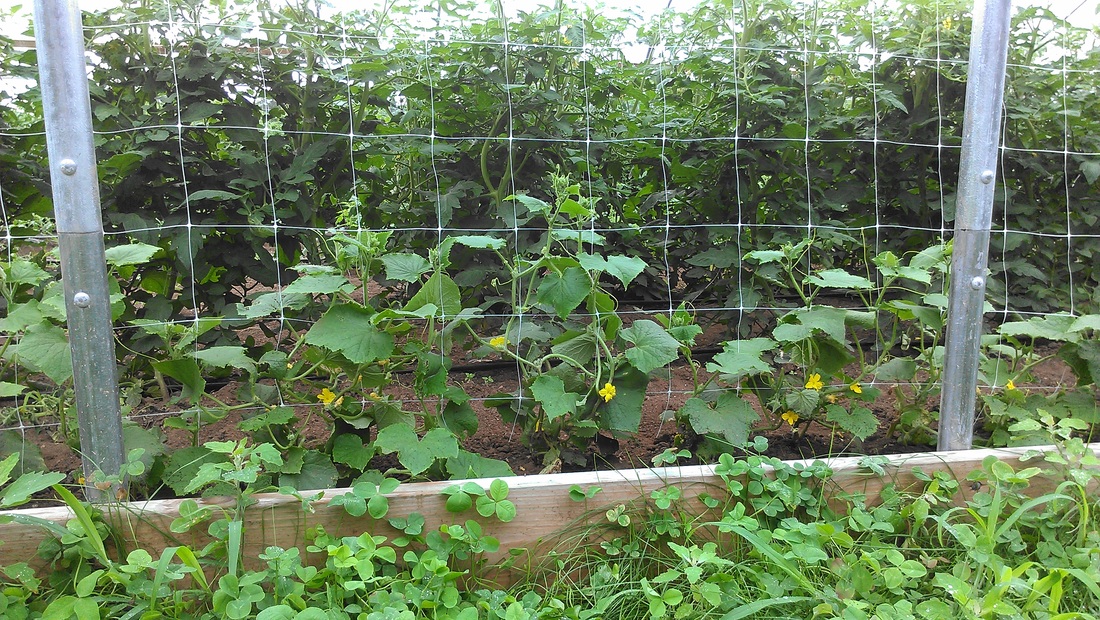|
This week's Full Share consists of eggplant, arugula, tatsoi, garlic, basil, onions, salad turnips, beans, collard greens, cucumbers, and maybe zucchini. 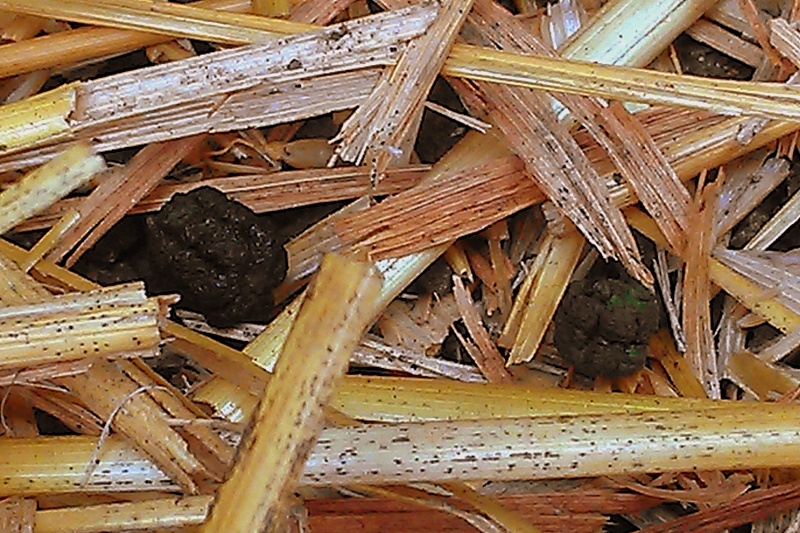 Usually the beneficial insects help out, but are not enough to eliminate the problem, so we join the hunt. Because the hornworms are so well camouflaged, we look for other 'sign' of their presence, such as some recent poop (the greener one on the right). chances are, the worm is somewhere right above it.
0 Comments
This weeks share consists of beans!, personal size red cabbage, asian greens, red russian kale, dark bok choi, parsley, cucumbers, zucchini, and onions.
OK, already 2 severe heat waves!?! We spent most of last week moving irrigation pipes around trying to prevent our crops from burning up. One inch of rain seriously does more for the crops and soil biology than several people working all week can possibly do through irrigation (especially during the extreme heat). We had to prioritize which crops were worth saving, and which crops to let go. When making these decisions, a CSA farmer's primary concern is to give our members the best variety and value possible over the course of the season. But still, this is a time to both complain and explain.... In the short term, we lost some lettuce, radish, greens, potatoes, and carrots. There are also long term consequences to heat stress- many of the fruiting crops like tomato, peppers, cucumbers, and squash drop their blossoms at temps over 90 degrees- resulting in lower future yields. Cool season crops such as our recently planted fall broccoli and cauliflower and many greens are also likely to hold a grudge after such abuse, going to flower prematurely, and/or never reaching their potential. Additionally, heat stress weakens all crops, making them more susceptible to insect and disease pressure. Family, friends, flowers, dogs, and watermelons are about all we have to smile about today!~ This weeks share consists of kale, beets, garlic scapes, spring onions, giant tender snow peas, mesclun lettuce, and zucchini, and dill. The garlic scapes are the long curly things. dice them up and use them as you would garlic. They're great sauted with the spring onions and kale or snow peas. They are also good raw; just dice them up really fine and toss on anything. With the exception of the lettuce and dill, everything in this week's share grills up nicely. 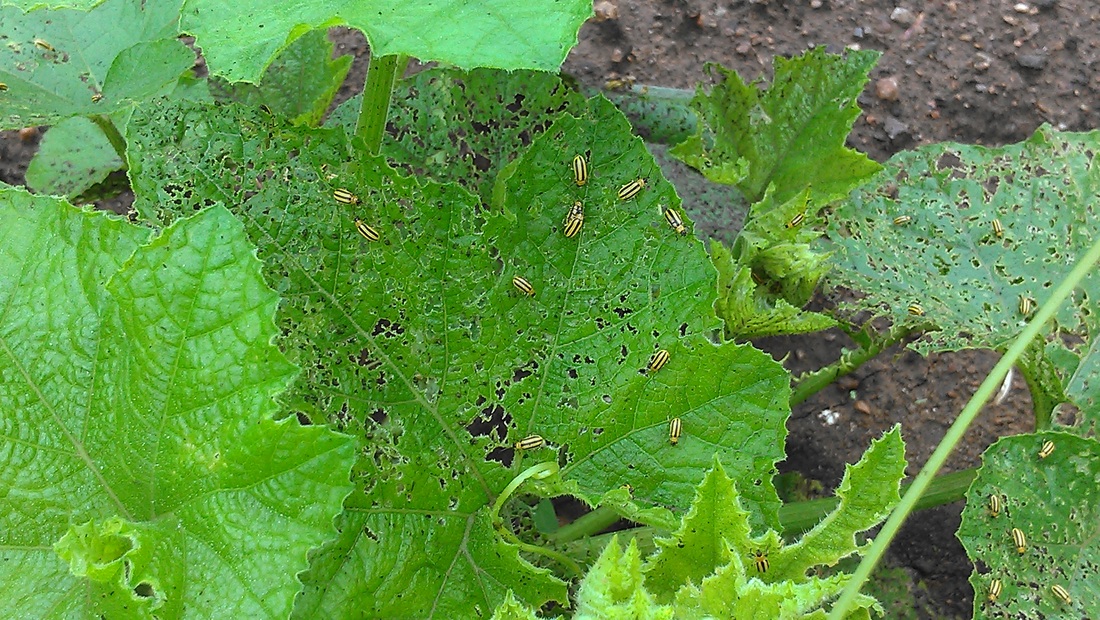 The most important thing with susainable farming is that we encourage the native beneficial insects and soil microbes. They are an esssential component of the labor force on an organic farm, so we focus on providing these workers with room and board in our fields. However, creating habitat for the beneficials means that we are also potentially providing habitat for the bad bugs. For example, these cucumber beetle are taking their share of our winter squash leaves. Note that they enjoy eating and breeding simultaneously. Fortunately, they tend to concentrate their feeding on particular plants/leaves, thus leaving others plants alone (see healthy leave in lower left corner). This is because the weaker plants send out pheromones which the cucumber beetles have evolved to sense. The beetles are culling out the herd, just like a wolf who smells blood and proceeds to slay the injured deer. 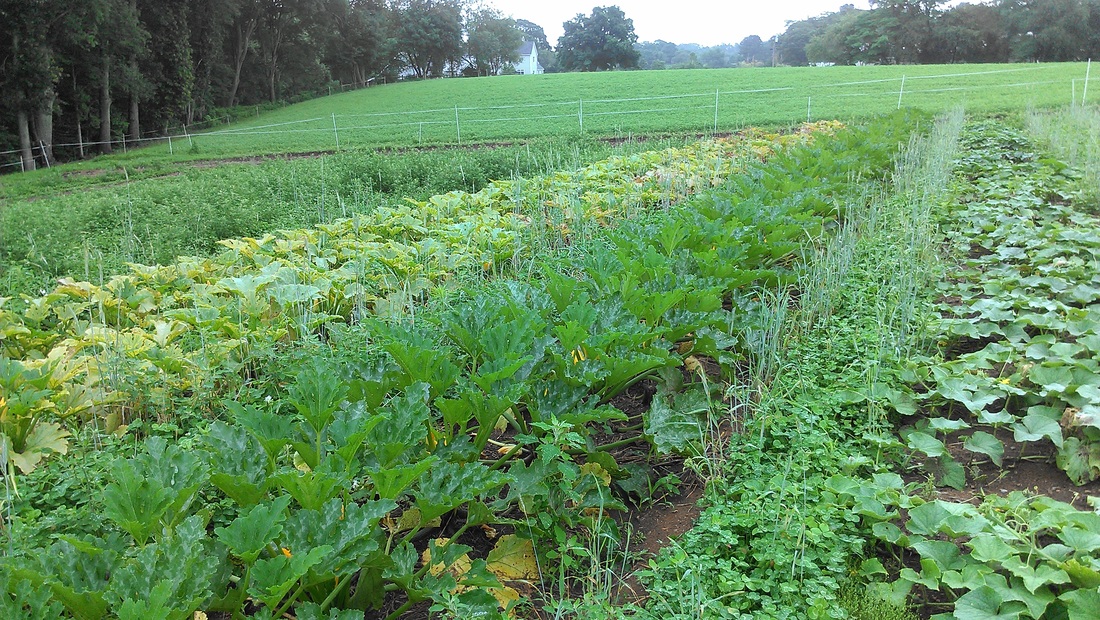 The lower yellowish rows are one type of zucchini. The upper taller green rows are another variety. This is an incredibly clear display of differential disease resistance. Just like in nature, the greater the genetic diversity, the more resilient the system. So we plant a whole bunch of different varieties of each crop. And we plant them several times over the course of the season. And we plant each type in several different locations. And we plant them at different spacings and depths. The general idea is to create several different micro-climates for each crop. We do this in an attempt to have at least some of that crop do well (regardless of what the weather does this season). Basically we are a crop management firm providing our shareholders with a diversified portfolio. |
Archives
March 2020
|
First Light Farm, CSA
466 Highland Avenue, Hamilton, MA
466 Highland Avenue, Hamilton, MA

